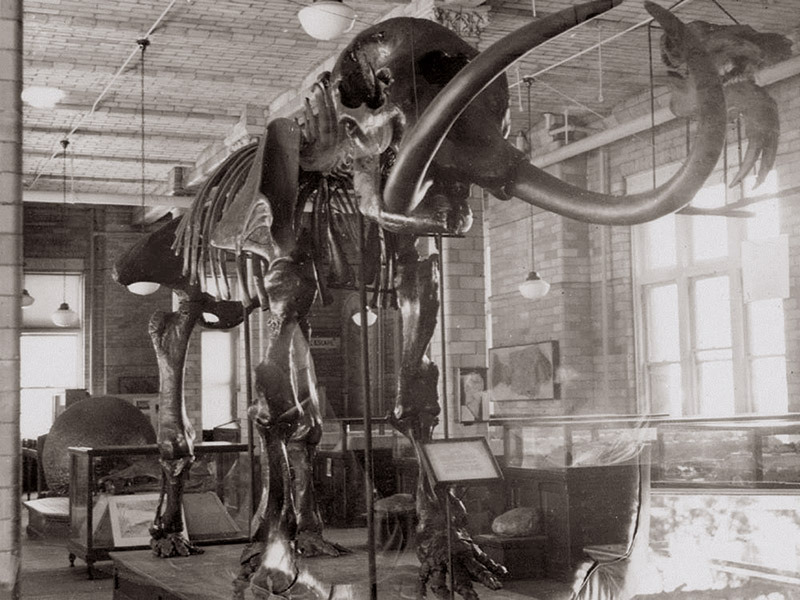About SSFP
About Us
Student Application
Subscribe to Our Newsletter
SSFP in the News
Members of Our Publishers Circle

The Boaz mastodon is a fossil of a mastodon discovered near Boaz, Wisconsin in 1897. A mastodon is an elephant but harrier. A spear made of stone found near the Boaz mastodon shows that humans once hunted the mastodon. They lived in North America, Asia, and Africa, during the Ice Age. During the last Ice Age, many giants like the mastodon and mammoth roamed Wisconsin.
The fossil of the great mastodon is on display at the University of Wisconsin Geology Museum in Madison. For a long period of time, the mastodon was thought to be a complete individual, but in 2015 it was discovered after much research that two bones from the so-called Boaz mastodon were conjoined together with bones from a different individual. The University of Wisconsin Geology also found a very old handwritten note stating that this might not be a mastodon at all, but a mammoth. After two long years of research it was clear. The Boaz mastodon was a combination of two different animals.
The Boaz mastodon was named after a small village in Richland County. Where young boys found the fossil of the Boaz mastodon in 1897. It was reassembled by scientists later on in 1915. The Boaz mastodon was later named in honor of the boy's village Boaz Wisconsin.
The Boaz mastodon is Wisconsin's most famous fossil. The Fossil was a big success and was put on display in the University of Wisconsin Geology so that everyone could visit it today.
[Sources: Milwaukee Journal Sentinel; Wisconsin Life]
Loading Comments...